26+ Free Family Trees
-

Mughal Family Tree
download now -
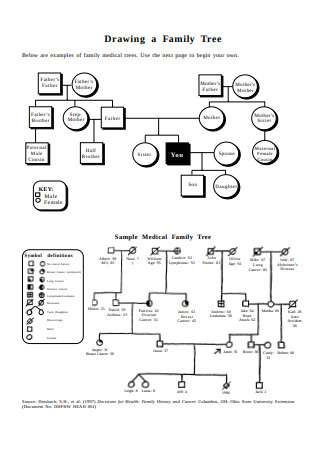
Drawing a Family Tree
download now -
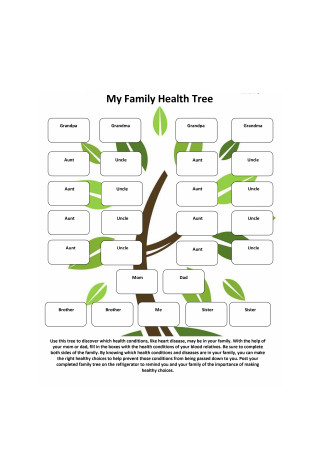
My Family Health Tree
download now -

Family Tree Visualization Template
download now -
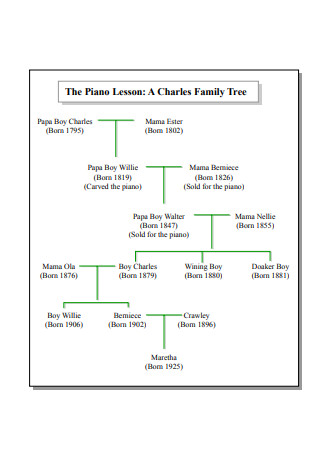
Charles Family Tree
download now -
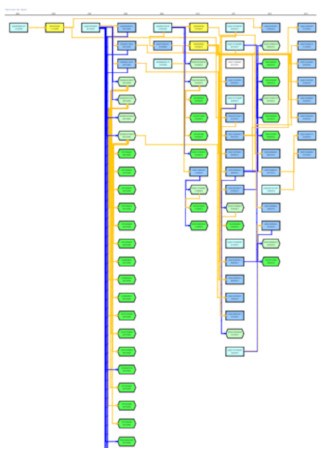
Patent Family Tree
download now -
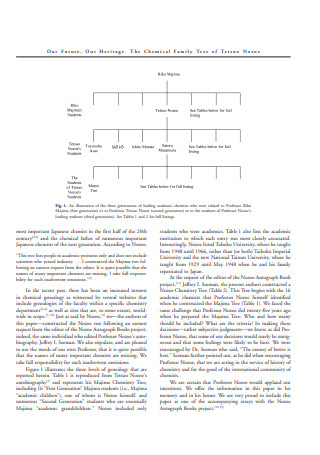
Chemical Family Tree
download now -
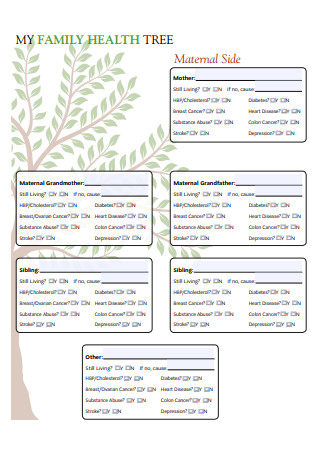
Sample Family Health Tree Template
download now -
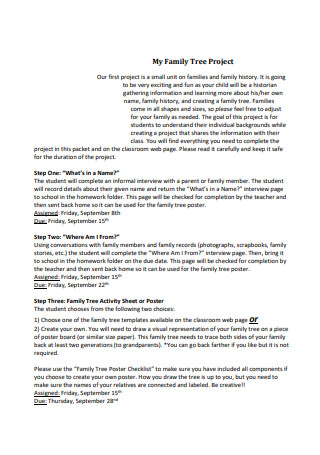
Family Tree Project
download now -
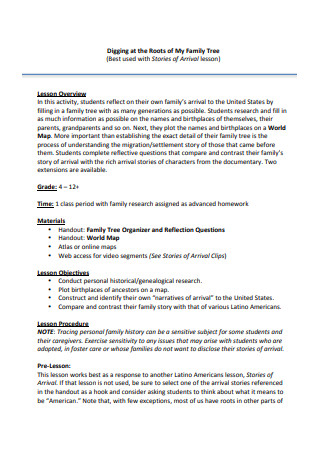
Digging at the Roots of My Family Tree
download now -
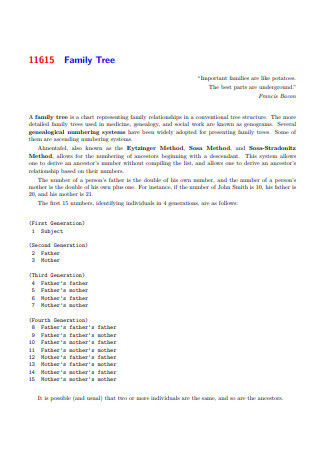
Standard Family Tree
download now -
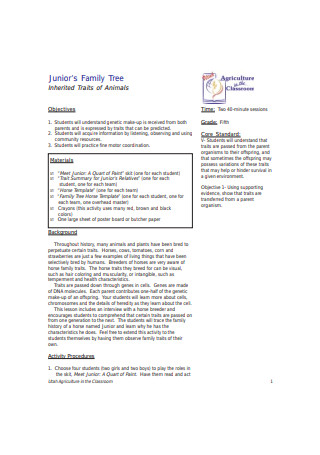
Junior’s Family Tree
download now -
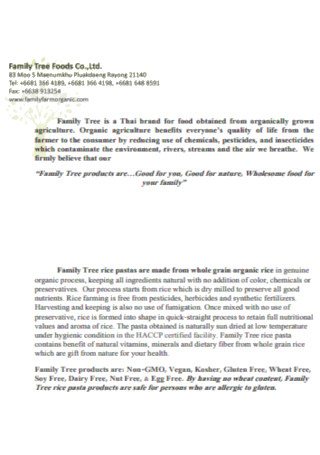
Family Tree for Food Template
download now -
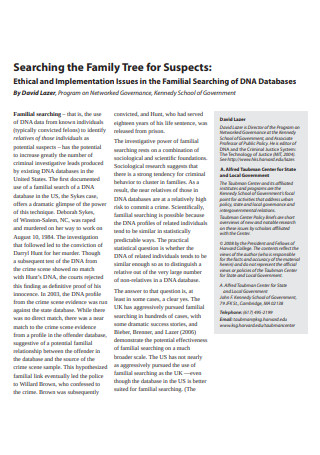
Family Tree for Suspects Template
download now -
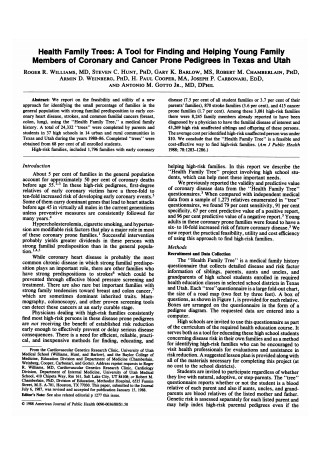
Sample Health Family Trees
download now -
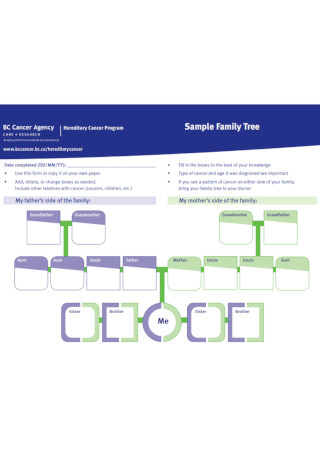
Sample Family Agency Tree
download now -
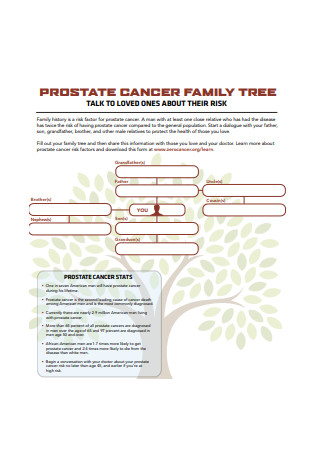
Prostate Cancer Family Tree Template
download now -
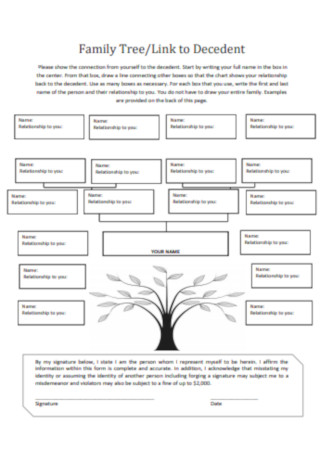
Family Tree Link to Decedent Template
download now -
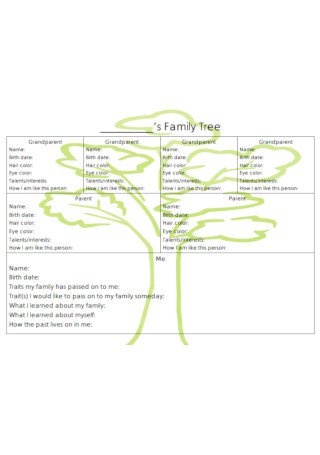
Simple Family Tree Template
download now -
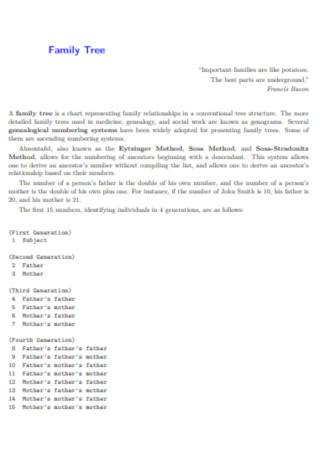
Formal Family Tree Template
download now -
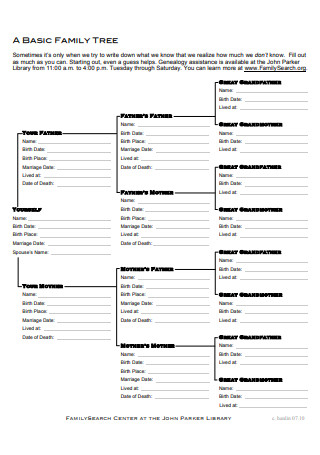
Basic Family Tree Template
download now -
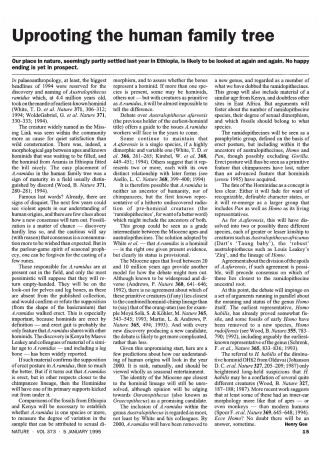
Sample Human Family Tree Template
download now -
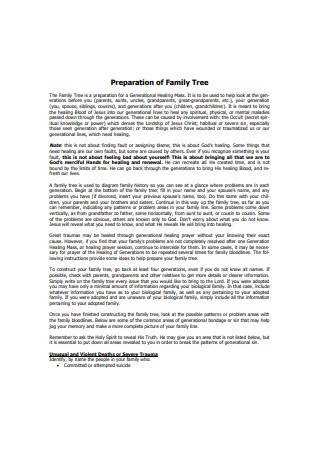
Sample Preparation of Family Tree
download now -
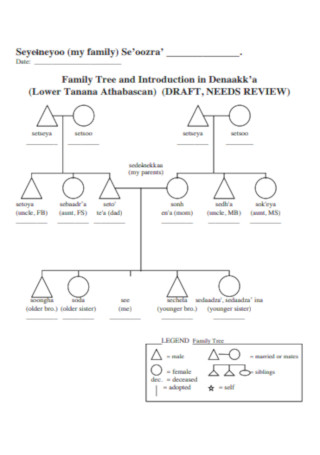
Printable Family Tree Example
download now -
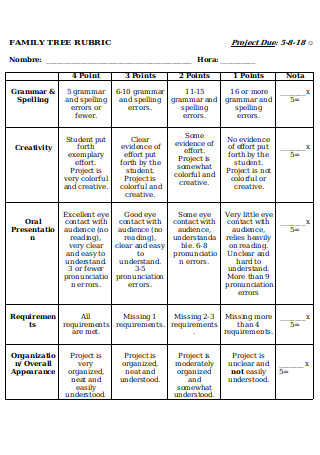
Family Tree Rubric Template
download now -
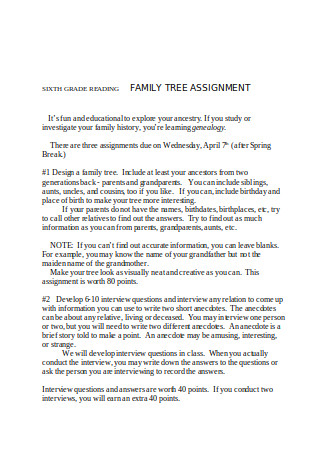
Sample Family Assignment Template
download now -

Sample English Family Tree Template
download now
FREE Free Family Tree s to Download
26+ Free Family Trees
What Is a Family Tree?
Types of Family Tree
Benefits of Family Tree Chart
How to Create a Family Tree Chart
FAQs
What is the thing to keep in mind when making a family tree?
What are other guidelines and best practices when creating a family tree?
What is the secret to an attention-grabbing, valuable family tree diagram?
How to simplify creating a family tree chart?
Reunions and other festive seasons where family gatherings are commonplace, creating a family tree chart makes the events much memorable. That said, tracing your ancestry may be a rewarding experience, but it is never easy unless you’re a genealogist. Genealogical information can be obtained through the use of census records, statistical evidence on DNA information, and other significant documents that can help you track down your family history. The journey doesn’t end there since you need to simplify the information by using visuals. Don’t give up just yet. A simple and useful tool like a family tree template completes the job. Here’s all you need to know about family tree templates and how to make one to help you avoid unpleasant situations.
What Is a Family Tree?
A family tree is a simple hierarchy that displays and exhibits all of the family members together. It establishes how they are linked to one another. Nowadays, the younger generation has little knowledge of their ancestors, relatives, and distant relatives, which is why a family tree may be one of the most effective tools for teaching them about the family and clan. The nicest thing is that the younger generation is interested in learning about their ancestors. As a result, the family tree can be used to assist individuals get to know their relatives, no matter how far apart they are.
Children can even learn about their ancestors’ backgrounds through a family tree. When kids learn about their relatives, they are more likely to recognize distant cousins, relatives, and people they rarely see. A family tree is included in school courses since it enhances students’ understanding and helps them get to know their complete family. Teachers in schools utilize a variety of creative and unique family trees to assist students grasp the full family tree by highlighting family members. The family tree is easy to make, starting with the family’s head of household, then the siblings, and so on.
A family tree chart is the most typical type of visuals used in documenting lineages. Most family tree diagrams are made with boxes or leaves connected with lines. They are linked together to represent relationships amongst kins. Each leaf or box can be added with names, birthplaces, birthdates, and other relevant information, depending on the intricacy of the family tree.
If you are interested in knowing more about your ancestry, taking an ancestry test is actually a good place to start. According to MIT Technology Review, more than 26 million individuals took an at-home ancestry test at the beginning of 2019. Looks like you aren’t the only one quite intrigued about your family history.
Types of Family Tree
Normal people use generic terms when it comes to a family tree. Most of us don’t typically use the proper names of different genealogical charts except for genealogists. The charts can be presented in a horizontal view, also. The following are family tree examples and types you can refer to:
Benefits of Family Tree Chart
Studying and comprehending family history entails more than just accumulating historical information. Rather, it strengthens bonds between people. A family tree and history might help you understand more about your ancestors’ lives than just their names. Here are some of the reasons and advantages of knowing your family tree:
How to Create a Family Tree Chart
Proper planning is the first step you have to consider before making a family tree diagram. It is in the planning phase that you will determine the kinds of information you want to incorporate in each leaf. A family tree maker that is readily available on the internet is a useful tool. However, keep these guidelines in mind for you to come up with an excellent family tree that can grab anyone’s attention.
Step 1: Collect Information about Your Family Tree
Jot down what you know; then, ask members of the family to complete gaps or blanks, and look for documents and photos. You can do a quick online search for genealogy references or take trips to the library to find land deeds, old newspapers, census records, and any other document that can fill in the gap about your ancestry.
Step 2: Narrow down Your Search and Keep It Realistic
Bear in mind that you can only search as far as your resources can suffice due to the limited references you can dig down. You might have come across people who have traced their lineage all the way to Eve and Adam in the Bible. We may all be descendants of the first people on earth according to the Scriptures, but keep it realistic. In reality, it is impossible to look for records that are over a hundred years ago because records are tangible things that can be ruined by floods, fires, and other disasters. Documents can also be lost just by mere carelessness.
Step 3: Create a Draft of a Family Tree Outline
With or without a family tree creator, go back to basics. Integrate all the information needed to draft an outline. Begin by illustrating from yourself to your forefathers, or begin with the most ancient ancestor and trace them back to you. You can simply sketch a family tree chart by using only paper and pen or construct a family tree online by making use of a free family tree template and tweak it according to your needs.
Step 4: Put Relevant Details to Each Leaf
Certain shapes linked by lines represent each member of the family. The lines are representations of the relationships among family members. A rectangle or box is normally utilized to represent relatives, but any shape can be applied to it. The shapes are the leaves of the family tree. The shape you assigned to the leaves must be used consistently. Determine the size that can fit any information you decide to place on each. Add important dates, photos, and other pertinent information you want to include in the leaves.
Step 5: Share Your Family Tree
This is the last step and the best part. Once you are done with your family tree chart, distribute it to your families and relatives. Let them experience traveling back in time by tracing your roots. Give them an awesome opportunity to reflect on their lineage and learn your family’s stories and histories. For the finishing touches, you can also let any family member or relative collaborate with you by integrating new information on the diagram.
FAQs
What is the thing to keep in mind when making a family tree?
Ascertain the level of difficulty. Finding the level of complexity you desire to emphasize in the family tree chart will help you determine the amount of groundwork and fact-finding to do as well as the time to put in. It will also influence the general design of the family tree diagram and its dimensions.
What are other guidelines and best practices when creating a family tree?
This is basic: don’t wash dirty linen in public. Don’t expose your family’s dirty secrets and unpleasant issues. Family tree charts are often prepared before family reunions. It will be a time to celebrate and to be reunited with your loved ones, so don’t rain on anyone’s parade. Be sensitive to not include any information that can humiliate anyone or put them in a vulnerable position.
What is the secret to an attention-grabbing, valuable family tree diagram?
Simplicity is key. If you yearn for your family tree chart to be useful and memorable to your family and relatives, keep it simple so every element and information incorporated are easier to see and remember.
How to simplify creating a family tree chart?
Make use of printable family tree templates. They can save time and effort since all you have to do is to download and tweak them according to your preferences.
Whether it’s a Kardashian family tree or a Targaryen family tree, all family tree diagrams including yours are interesting. A family tree chart is a convenient and practical tool for people to easily trace their ancestry as well as appreciate the visuals incorporated in them. Don’t get overwhelmed with drafting one. Browse through a wide array of family tree samples above which you can choose from as your family reunion is fast approaching. Download now!
You may also like these articles here
8+ FREE Construction Accident Report Samples to Download
10+ FREE Construction Waiver Samples to Download
24+ FREE Non Profit Meeting Minutes Samples to Download
25+ FREE Non Profit Articles of Incorporation Samples to Download
30+ FREE Business Expense Samples to Download
29+ FREE News Release Samples to Download
25+ FREE Gift Certificates Samples to Download
50+ FREE Minutes of Meeting Samples to Download
50+ FREE Variance Samples to Download
40+ FREE Event Sponsorship Letter Samples to Download
19+ FREE Radar Chart Samples to Download
6+ FREE Feasibility Study Outline Samples to Download
50+ FREE Check Writing Samples to Download
15+ FREE Kansas Sampler Samples to Download
8+ FREE Grievance Meeting Minutes Samples to Download
11+ FREE Morning Journal Samples to Download
browse by categories
Categories
- Marketing
- Business
- Plans
- Contracts
- Proposal
- Questionnaire
- Survey
- Sales
- HR
- Letter
- Form
- Agreement
- Checklist
- Biography
- List
- Analytics
- Finance
- Chart
- Documents
- Sheet
- Payroll
- Reports
- Log
- Maps
- Statement
- Analysis
- Notice
- Schedule
- Leave
- Note
- Design
- Calendar
- Budget
- Work
- Evaluation
- Profile
- Policy
- Certificate
- Project
- Donation
- Brief
- Worksheet
- Affidavit
- Checklist
- Assessment
- Memo
- Estimate
